Words: Lance Pilbrow
Images: Cameron Mackenzie
Kōpiko Aotearoa. When I first saw that phrase pop into my inbox, towards the end of 2019, I didn’t think much of it. However, the email this phrase featured in was delivered to my inbox (and many others, I assume) by the Kennett Brothers. The Kennett Brothers, if you aren’t aware, are the minds behind multiple New Zealand cycling publications and, more recently, Tour Aotearoa. Needless to say, whenever I get an email from them, I open it.
Tour Aotearoa had by then run a few times. The North to South, semi-organized, bikepacking event was gaining international popularity and hundreds of riders were completing it each year. I myself completed it in 2018, and had a blast. Now, a new route was in the works: Kōpiko Aotearoa – an east-west route across the North Island that finished not far from my hometown of New Plymouth. It seemed like this route was made for me: get to the East Cape and ride home! Kōpiko was designed to be a bikepacking route that would crank the adventure up a notch from Tour Aotearoa. This route was more remote – more planning was needed, as well as a higher level of fitness. But did I mention it was just riding home for me?
Sadly, the 2020 edition of Kōpiko didn’t eventuate for me. A six month old baby and generally liking the status of being (and staying) married meant that a 10-day cycling holiday wasn’t on the cards. So, when the event rolled around I watched the photos from riders pop up on the Kōpiko Facebook group with a serious case of FOMO. Everyone finishing the route seemed to be raving about it, so I started sowing the seeds that this was something I would really like to do the following year, if it was run.
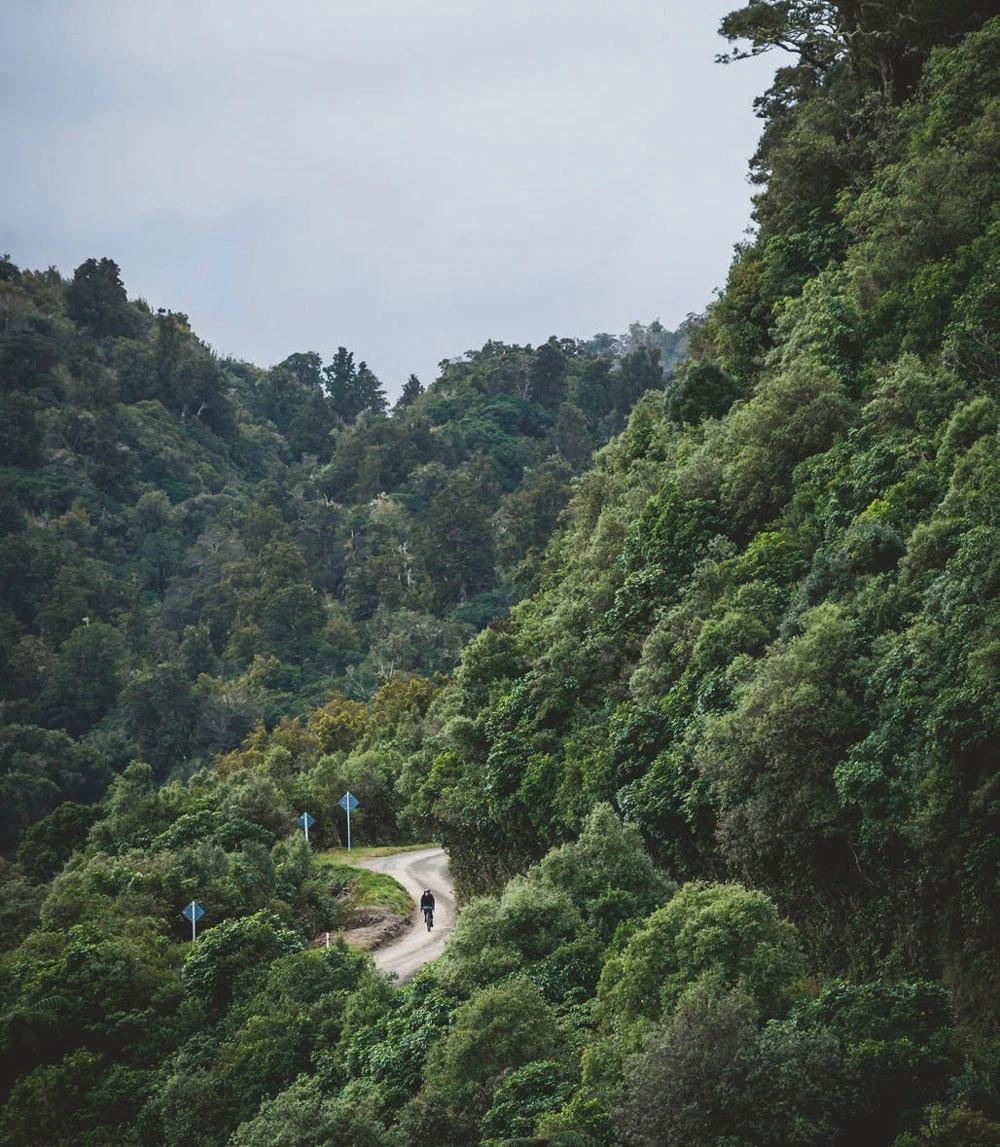
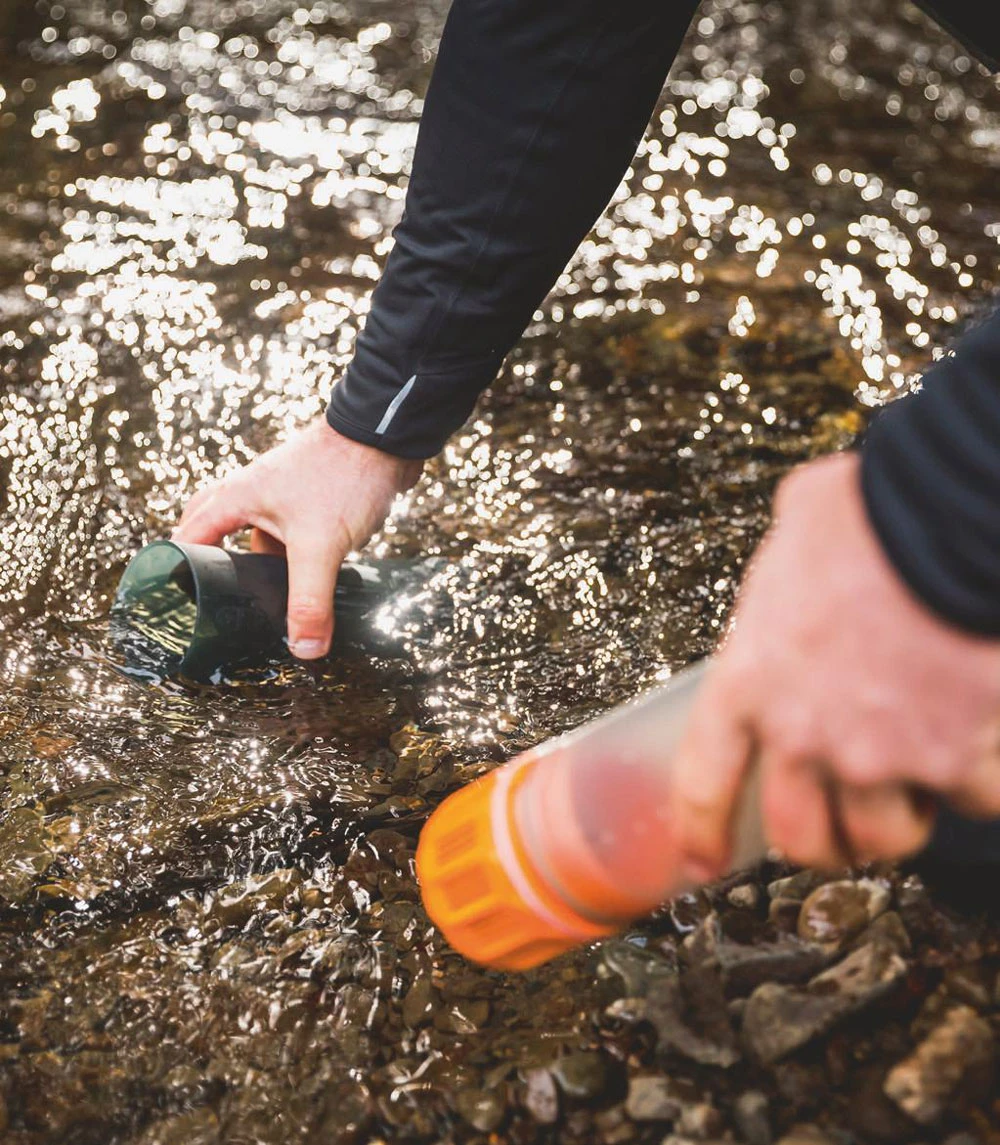
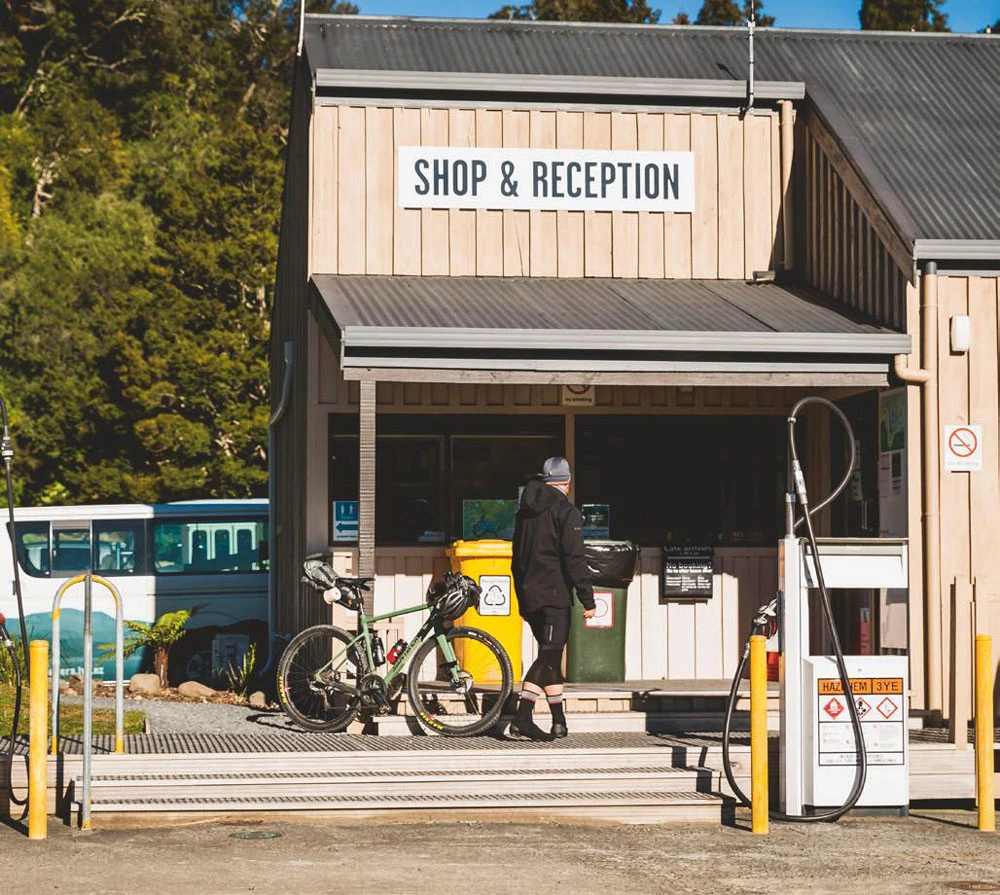
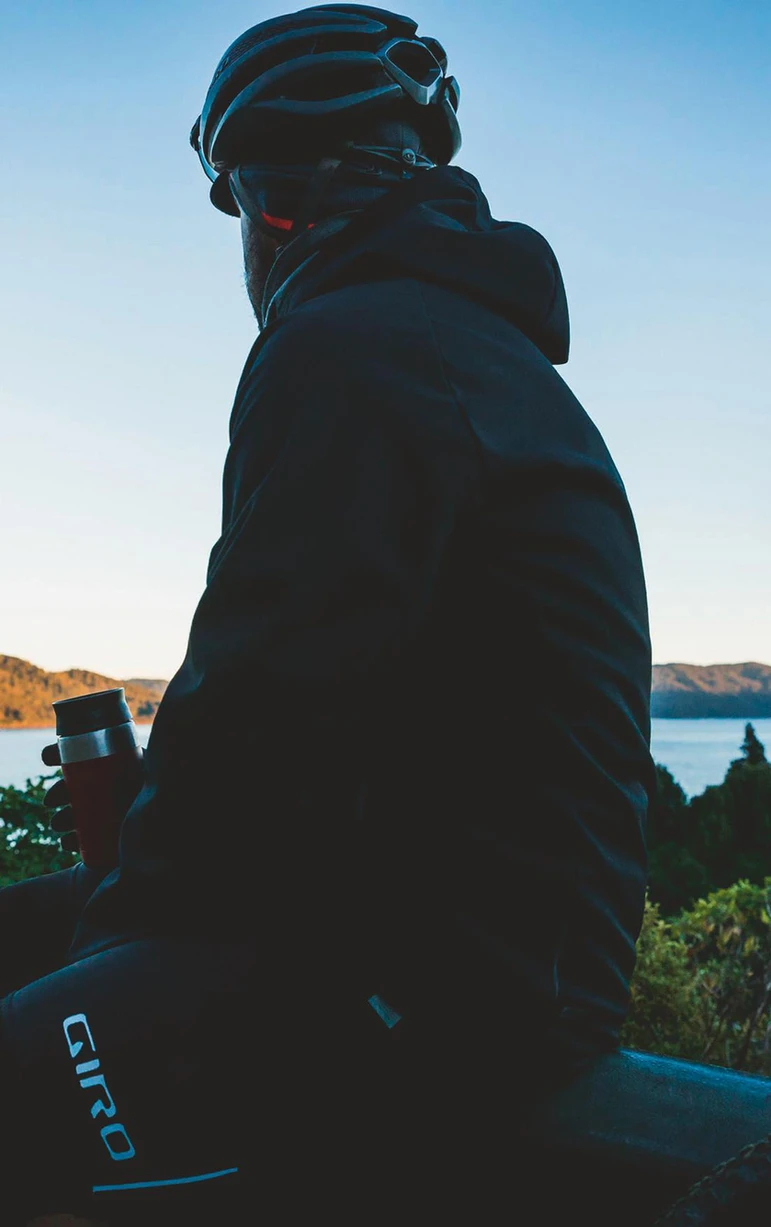
Fortunately, despite the challenges of Covid-19 during 2020, things were contained enough for Kōpiko to run as planned in February 2021. I got my name on the list and before I knew it, my friend Andrew had joined me. Then, after a casual conversation, his friend Tim had joined us. We were now a Kōpiko threesome. Both Andrew and Tim had never done any bikepacking, so I was curious to see how this was all going to unfold. Tim was also intent on riding his retro Avanti… Was this all a bad idea? The event was six months away – plenty of time to prepare… right?
Having ridden Tour Aotearoa, I was reasonably confident in both my bike set up and my body, and how both respond to multi-day bike rides. How would Andrew and Tim fare? Well, it would make for a more interesting trip, that’s for sure. I knew I had a hectic work schedule towards the end of the year, and I also knew the Christmas/New Year season would be a write off for training, what with family holidays and the general calorie overload that, realistically, I knew would accompany the season. In fact, the season would probably be best described as negative training – is that a thing?
As it turns out, six months can disappear awfully quickly and soon mid-January was here! How did that happen?! K-Day was just six weeks away! It was high time to get a few longer rides under the belt, or butt. Fortunately, living in Taranaki means I have a standardized training loop around the mountain: around 110kms, with plenty of climbing, it’s always been a good indication of the state of my legs. The first time around here, in January, was pleasantly surprising – things were not as dire as I feared they might be. Andrew joined me on two of these training rides and we both felt like we were on track. Tim, however, was a bit more of an unknown. He joined us on our third ride around the mountain, just three weeks out from our start date and, while he got around, it was probably fair to say it was a challenge for him. Hmmm. Our plan was a nine day route, around 130km a day, with almost 2000m vertical of climbing a day. What was going to happen?
Soon it was the week before our adventure and, as luck would have it, I had the good fortune to test some new equipment for New Zealand Mountain Biker magazine. So, two days out from the ride, my bike was on my garage work stand, stripped down to the frame for a new drivetrain to be installed, along with new tyres and wheels – oh, and a new seat had arrived. At midnight two nights before we were to depart for the East Cape, my bike was rolling again. So much for carefully testing everything before a significant event. Note to self – don’t do this again.
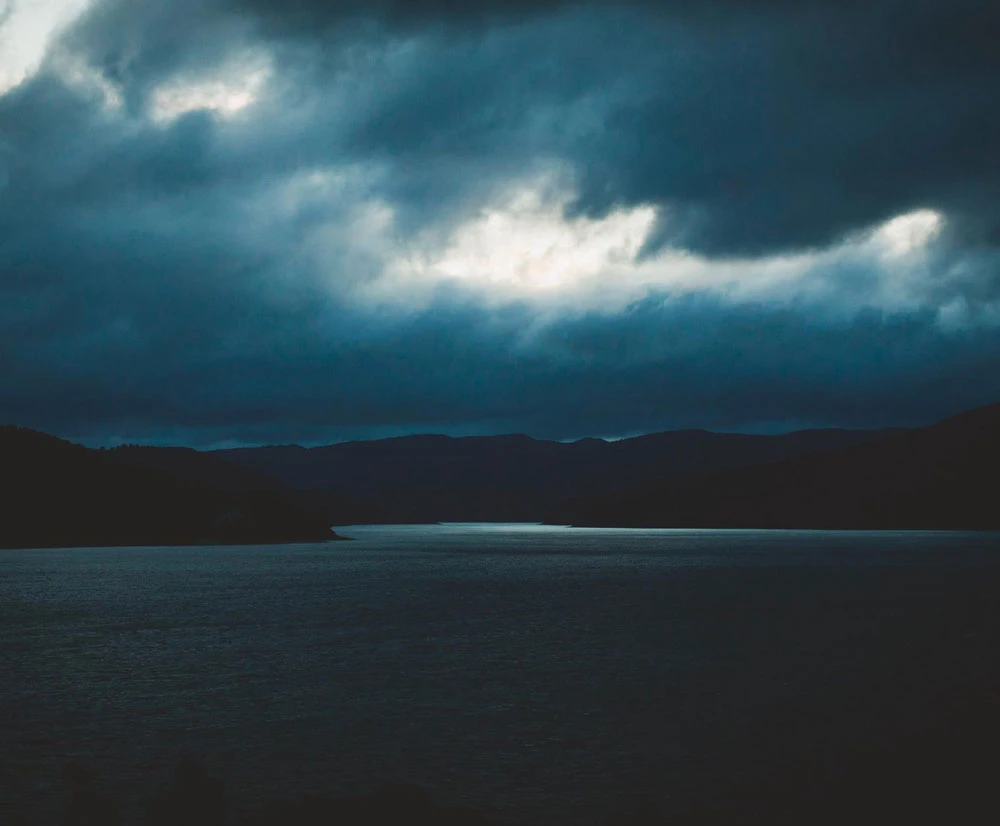
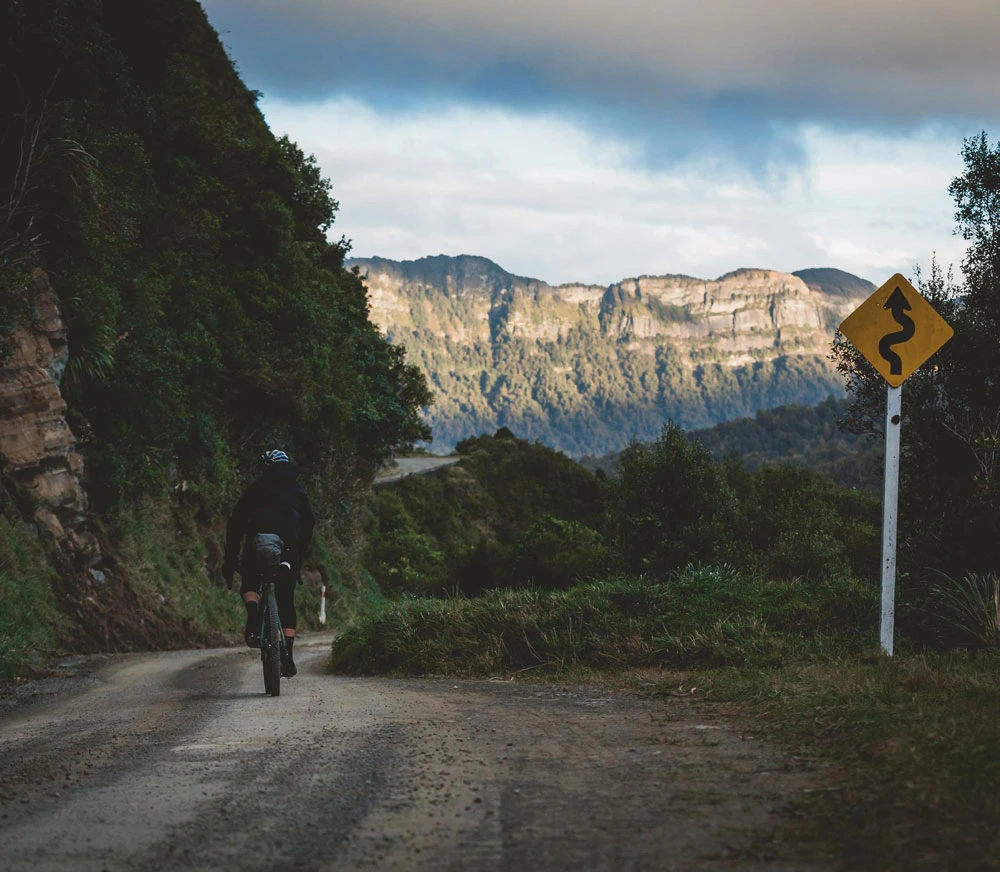
The day eventually rolled round. We left Taranaki (with all those dreadful feelings of wondering what it was we had left behind by mistake) and settled in for eight hours of driving. We were almost there when, shortly after Te Kaha (and checking the TrackMe website), we bumped into Amy Kwong, who I had ridden with briefly on TA. Amy was en route, riding west-east, and on her last day of the tour. We stopped for a chat: “how have you found it?” and “have you just loved every minute of it?” Our pre-ride enthusiasm, multiple cups of coffee and being cooped up in a car for eight hours was showing. Amy, however, looked like a soldier returning from war. “The hills man….the hills!” she told us, wearily. This maybe wasn’t the pre-ride pep talk we needed, but we cheered her on and told her to enjoy her last day. We eventually arrived at the East Cape campground, set up camp, set the bikes up, enjoyed some east coast hospitality and got our spot trackers. In the morning, we would be off!
We set our alarms early, to give us time to ride from the campground down to the lighthouse and walk up the ten million steps. Arriving at the top, we were joined by the dozen or so others who were departing on the same start date as us. It had rained overnight, and was overcast. We stood around the lighthouse and waited, hoping the sun might peek through the clouds; it really is a beautiful part of the country. At the start of Tour Aotearoa, I had mistimed the start and had to run (literally) from the carpark, to and from the lighthouse. I’d always been disappointed at how that event had started in such a state of rush. Fortunately, this was different. It was smaller and simpler, just a dozen or so of us, mostly strangers to one another, slowly, deliberately making our way up the steps to gather before dawn, around a lighthouse. We stood, in our high-viz and Lycra, calmly staring out over the ocean, through the clouds, pondering how the next eight to twelve days would unfold.
We had a suitably casual safety briefing, that could probably be summed up as: “take care of yourselves!”. Then, said safety person blew a conch shell and, as if on cue, the sun started blazing through. This felt like a good omen and put us in a buoyant enough mood to agree to a slightly awkward photo of us all arranged in a bodily formation of the word ‘Kōpiko’. It was awkward, and maybe fun, but mostly awkward – but who cared? Kōpiko had begun! I’m an incredibly competitive person (more on that later) so took a moment to remind myself that, despite the starting-hooter-ish-conch-shell sendoff, THIS WASN’T THE START OF A RACE. I didn’t need to run back down the stairs (even though every part of me wanted to). And anyway, this was a marathon not a sprint. We dawdled down the stairs, got on our bikes and were off.
Day one was a 115km ride from the East Cape to Te Kaha. The sun shone, and we rode along in what felt like another world. Gentle undulations along the untamed coast, the wind at our backs, the sound of the ocean crashing on the beach. This Kōpiko was a dream. The east coast area, around the cape, truly feels like New Zealand from another time. Stock wander across roads and fences seem optional (it’s possible those two phenomena are related). It was warm, and the sea played our soundtrack. We rode a hill somewhere, ate a leisurely lunch with two other riders, Nicola and Fiona, marveled at the number of marae we rode past, and mostly just stared at the exquisite coastal scenery. We arrived at Te Kaha and had arguably one of the most enjoyable swims in the ocean I’ve ever had.
Day two was the reality check: 125 km from Te Kaha to Matawai. It sounded easy enough, but we had to go over the fearsome Motu Rd, which meant we had 2432 metres of climbing. Tim has a penchant for spreadsheets so we had data at our fingertips, to bring the reality of what each day entailed into slightly more accuracy than guessing at the elevation graphs in the guidebook. We met the Kennetts at the Te Kaha store a day earlier and, when talking about our nine day plan, Simon’s first remark was: “Too much! Too much!” He then followed with: “You better be on the road before dawn each day!” Well, I’m not much of a morning person, always preferring to ride later than start earlier, but Andrew and I had opted to leave the tents behind and go for a full cabin-only Kōpiko sleeping plan, so maybe we could manage some early starts? Today was not going to be that day, however – I think we were eventually rolling by 8:30am, which made me nervous but, with such a good day the previous day, we were still in high spirits. Tim was already showing signs of apprehension at the vertical task ahead of us, and had a knee that was starting to niggle. By the time we got to the Motu turnoff some 60 kilometres into the day, his knee was done (as well as a number of spokes in his rear wheel), so he detoured to Opotiki for some medical attention for his bike and body. We said goodbye and good luck, and promised we’d meet him at the finish. While we’d hoped Tim would be able to ride into physical condition through Kōpiko, and might get through on pure grit and determination, I knew from Tour Aotearoa that small twinges in places such as knees and backs can quickly become tour-ending. To Tim’s credit, after getting his bike and body patched up he plowed on through some incredibly difficult days before eventually pulling the pin. We’re sure he’ll be back in the future. Andrew and I continued along, turning away from the coast and heading inland, onto the Motu Rd. For me personally, this day was probably the second hardest on the tour. The Motu Rd was incredibly long, steep and rough. But, as we began the final descent into Motu Village, I knew we were through not only the hardest part of the day, but one of the harder days of the tour.
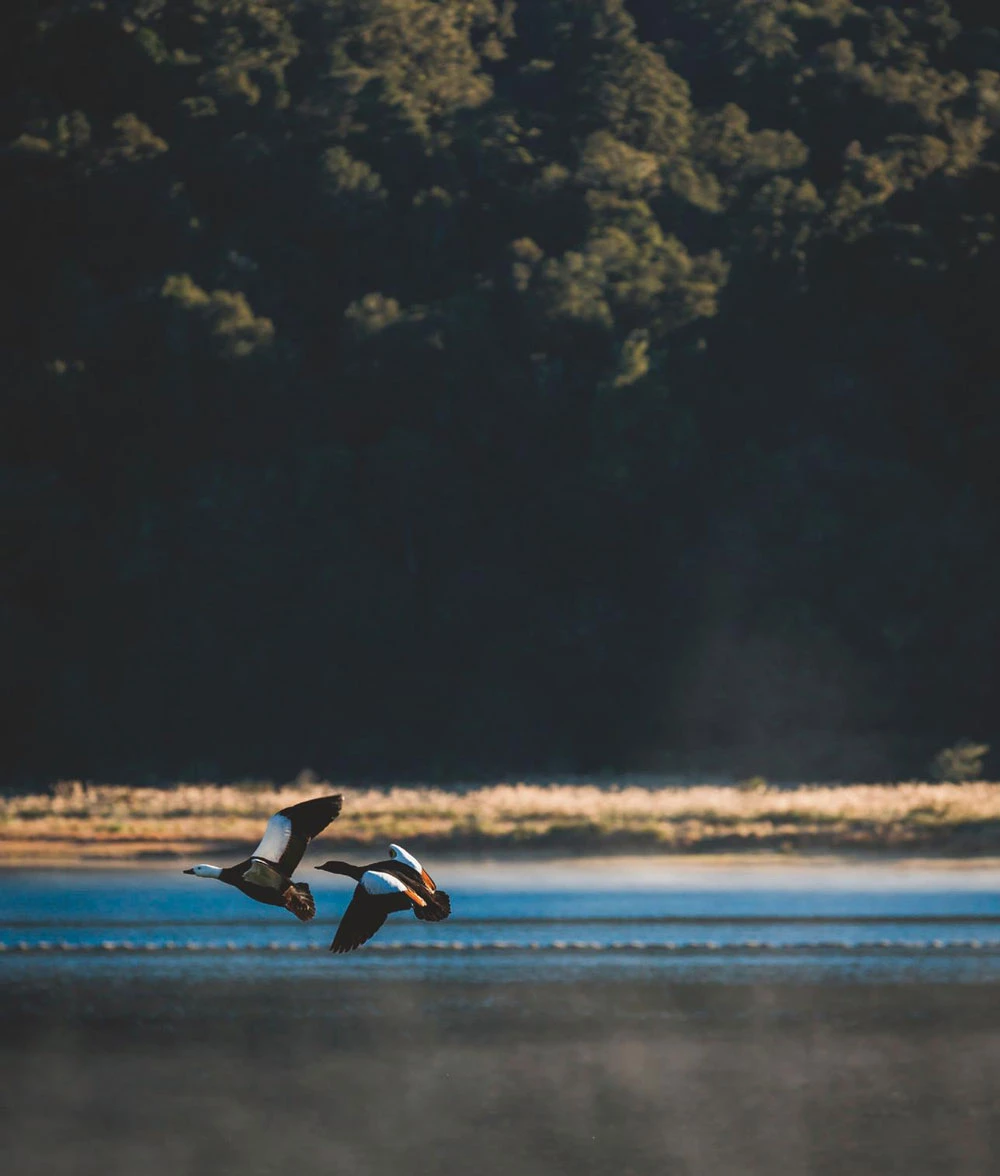
Day Three, 130km from Matawai to Tiniroto-ish. I say ‘ish’ because we weren’t really sure where we were finishing. We’d booked a farm quarters as a place to stay that night. As I mentioned earlier, Kōpiko is through a much more remote route, and finding a place to stay isn’t always that straightforward. Fortunately, being in its second edition, many of the local farm- stays and shearer’s quarters have caught onto cyclists being a potential market, so with a bit of Googling you can find plenty of options. The guidebook recommends taking a tent because of the more remote nature of this route, but we planned our route carefully and opted to leave the tent and sleeping mat behind to save weight and make the bike setup a bit simpler. This was a great option, and I wouldn’t recommend taking a tent to anyone doing Kōpiko. Yes, staying in cabins costs a bit more, but over a shorter event such as this I think it’s the better option. Who wants to sleep in a tent after a long day on the bike when there’s any other option really?!
Anyway, back to day three. Another 2100 metres of climbing, traversing beautiful high country stations and possibly some of the steepest climbs of the tour, was mitigated by long, fast gravel descents that went on and on and on. We went past the Rere Rockslide, where we stopped for lunch. Fortunately, we happened upon a family there with some boogie boards, so took the opportunity to get some sliding in. Seriously good fun – actually quite scary going from the top – and a welcome change from sitting on our butts.
Day four we were headed for Waikaremoana. For us, the day was a measly 96km. 96! That’s barely worth getting out of bed for now that we are such hardened Kōpiko riders. However, we quickly checked our elevation totals for the day and… gulp. Another 2577m of vertical. And this time, it really felt like it. Up and down, up and down. But, the day was memorable for another reason (apart from reaching the beautiful Lake Waikare- moana): day four was my tour top speed day. Ripping down the steep and, most importantly, sealed, Ohuka Rd, my bicycle computer clocked up 77km/hr. Yeehaa!
Day 5 we left Waikaremoana, enjoying the beautiful scenery around the lake edge. We rolled through the countryside, enjoy- ing the company of wild horses and quiet roads. Here, we started to realise what the Kennetts meant when they talked about remoteness. There really is nothing out there. We felt like we had gone the past day or so with almost no opportunity to resupply. We were getting dangerously low on jet planes and coffee. Can you even ride without jet planes and coffee? We didn’t care to find out. Eventually, we rolled into Ruatahuna, which was like an oasis in a desert. A seemingly brand-new cafe building and complex – possibly connected to a local iwi initiative – greeted us and we could smell the eggs benedict and freshly ground coffee before we could see it. At this point, any idea of a daily food budget had well and truly dissolved, and it was a case of the body gets what the body wants. Eggs benedict – yes! Salmon or bacon? Both! Side of creamy mushrooms? Do you even need to ask? Side of fries…. you get the idea. We were hungry – and Ruatahuna had the goods.
All those carbs got us through to Murupara, where we had one last top-up for the final stretch for the day to Waikite Valley. The ride out of Murupara, heading north-west towards Waikite Valley, has a long, straight, and very gradual uphill. Andrew and I now had a well-established ability to draft each other. We would drag each other along for a kilometre and then rotate.
During this section, we saw two gravel-bike-riding Kōpiko riders way up in the distance ahead of us. Sadly, I got this crazy idea in my head that it felt like we were slowly but surely dragging them in. Was I seeing things? Was the tour making me hallucinate? I had the crazy idea that maybe we could catch them. Wouldn’t that feel good? Us mountain bikers dragging in the gravel bikers. Gravel bikes are basically road bikes after all. Us mountain bikers, reeling in the roadies. That would feel good. So, we cranked it up a gear. Or should I say – I cranked it up a gear. I should point out – this conversation was all in my head but Andrew would tag along, I figured. Heck, he’d maybe even enjoy the chase too. So, I cranked it up a gear and slowly but surely, we ground up the long hill, and Andrew seemed to be enjoying himself – at least, he hadn’t explicitly said he wasn’t. What wasn’t fun about doing the last 20km of a 146km day at 95% effort? I mean, it’s not a race, BUT WE WERE GAINING ON THEM! Did I mention I have a competitive side that sometimes comes out at inappropriate times? Sure enough, we eventually reeled them in. We made small talk, as if our heart rate wasn’t near max, as we crested the end of the hill. Sadly, we were now obliged to stay with them. You can’t reel someone in only to let them get away, that’s just not how it works. Our new gravel-biking roadie friends, however, were oblivious to the Tour-de- France-level output Andrew and I had just given to catch them, and seemed to decide now that we had a peloton of four – and had a long, flat stretch ahead of us – this would be a good time to crank it up yet another gear. Had they been toying with us all along? At that exact moment, the heavens broke open, a torrential downpour came, and we were hurtling along SH38, legs burning, with our front wheels mere inches from the rider in front. Water was spraying off the tyre of the rider in front like a fire hydrant. Riding like this was ridiculous, but I knew I had too much pride to let them ride away, and yet too little energy to stay with them. We dropped down onto the aero bars and got ready to drown in lactic acid. Well played, roadies, well played.
Day six took us from Waikite Valley through to Pureora: 120 kilometres through rolling farmland and onto the Waikato River trails, towards Whakamaru. Andrew’s rear wheel was breaking spokes at an alarming rate now (three so far) and we were wondering how this was all going up to end. Would Andrew make it through? He had some spare spokes, but there were no shops where we could remove the cassette to get access to change the required spokes. We’d heard a rumour that the Timber Trail lodge had some tools available, so we made a plan to try and nurse it until we got there, and see if we could achieve a repair then. We carried on riding through the countryside, heading towards the infamous Arataki swing bridge. I remembered this from Tour Aotearoa, and walking across this for a second time wasn’t any better. I’m sure for regular foot people this bridge is fine but, for bikepackers, the only option is to balance your bike on the back wheel and, with both hands on the handlebars, gently walk it across the narrow, swaying swing bridge, doing your best not to look down as small items fall out of your feedbags. Once on the other side, though, it’s into the beautiful native bush, up and over the centre of the North Island and bombing down into Pureora, ready for the Timber Trail the next day.

Day seven and by now the end was in sight. We had originally planned for a nine day ride, but we liked the idea of getting back to our own beds, so we compressed this into eight. Essentially, we would now ride the last two days in one final big effort. But, today we had to get through the Timber Trail, fix Andrew’s rear wheel, then onto Matiere. I had ridden the Timber Trail three times already, so was familiar with what was in store. Once the initial climbs were through, it was into the fun, flowing downhill. The actual downhill sections of the Timber Trail never fail to put a smile on my face and, even though I’ve always been riding them on laden bikepacking bikes, I’m always impressed by how well they flow. Eventually, we made it to the Timber Trail Lodge, ordered some pizza, had some great conversation with the owner, and started work on Andrew’s wheel. Fortunately, they had the required cassette tool, so we were able to get the cassette off, remove the broken spokes and put some new ones in. A tension up on the good ol’ finger squeeze tension meter and we were good to go. From the lodge out, the Timber Trail had received a lot of improvements in terms of gravel being laid to improve boggy sections, and now it was packed down nicely and absolutely flying. Scary fast! From the end of the trail, it was back into the countryside heading for Matiere. There isn’t much in the way of accommodation around here, so our options were limited, however, a lady named Priscilla had posted that she was happy to host people in her home. Good enough for us! So at about 8pm, we eventually rolled up Priscilla’s driveway to a warm welcome. It’s moments like these on Kōpiko – the new found friends, the hospitality of strangers – that make it such an enjoyable event. Priscilla had a home cooked meal ready for us, and we set our alarms for the final day.
Day eight: the final day! Our beds calling us, we were almost back in our home province of Taranaki. We were on the bikes at 5am, ready to get into the 220km that lay ahead of us for the day. Homeward bound. The day started well, with a beautiful ride through the sunrise, but the rain quickly came and, sadly, would be the defining feature of the day. What was supposed to be a celebratory finish turned into a grind. It was wet and windy, and just plain hard work. Some days the sun is shining, and the wind is at your back. Other days, the rain is blowing in your face. This last day of Kōpiko wasn’t going to be a fair-weather fairytale finish like the tour start had been; it was about putting our heads down and grinding out the kilometres.
As we approached Lepperton, I was feeling particularly spent. At that point, a friend surprised us by riding out to meet us on his road bike. He took our mind off the rain as we chatted away about the experience. We stopped at the Lepperton dairy and got changed out of all our soggy riding gear, downed as many calories as we could muster and continued on to New Plymouth, along the beautiful coastal walkway I ride so often. Eventually we headed up the final grind to Pukeiti. We reached Pukeiti in the rain and dark, and stopped to put out lights on as we descended toward the coast. Although on many days I’d felt like I had more in the tank at the end of the day and would drag Andrew toward our camp each night, tonight I had nothing left and it was Andrew dragging me towards the lighthouse.
Eventually, we hit the coastal road and knew we were there. Some 15 hours on the bike, and 14 hours of rain, later we eventually made it to Cape Egmont. Our friend James, who’d met us earlier on his road bike, was there to pick us up. Ironically, in the dark it wasn’t clear exactly how to get to the lighthouse – the gates were locked, but we eventually found another farm gate and stomped through some long grass to climb the steps of the lighthouse. We said a few “yahoos!”, tried to time a photo of us with the lighthouse beam (with mixed success) and then that was it – it was over. We drove back to New Plymouth, dropped Andrew off, and went to McDonalds.
Kōpiko is an epic adventure and will quickly develop into an iconic New Zealand ride. It’s different to Tour Aotearoa; after riding both, it feels to me like Tour Aotearoa links together every cafe and Four Square in New Zealand, on the most scenic route possible. Kōpiko seems to be intent on finding every hill be- tween the east and west coasts and linking them together! Maybe that’s an oversimplification but, to me, Kōpiko was a distinctly harder ride than Tour Aotearoa. Possibly, because it’s shorter, some might be tempted to think it’s an easier ride, but I don’t think that’s the case. As the guidebook says: it’s remote; there are no bike shops around to fix things; you’ve got to plan your food more carefully. But all these things are what make it an adventure and, if you’re looking for an adventure by bike, then Kōpiko delivers in spades. It sends you out into parts of New Zealand that you would never usually go, you’ll find yourself enjoying the hospitality and friendship of others in surprising and enjoyable ways, and you’ll do this all simply by going for a wander on your bike.
And as it turns out, that’s exactly what Kōpiko is all about.

